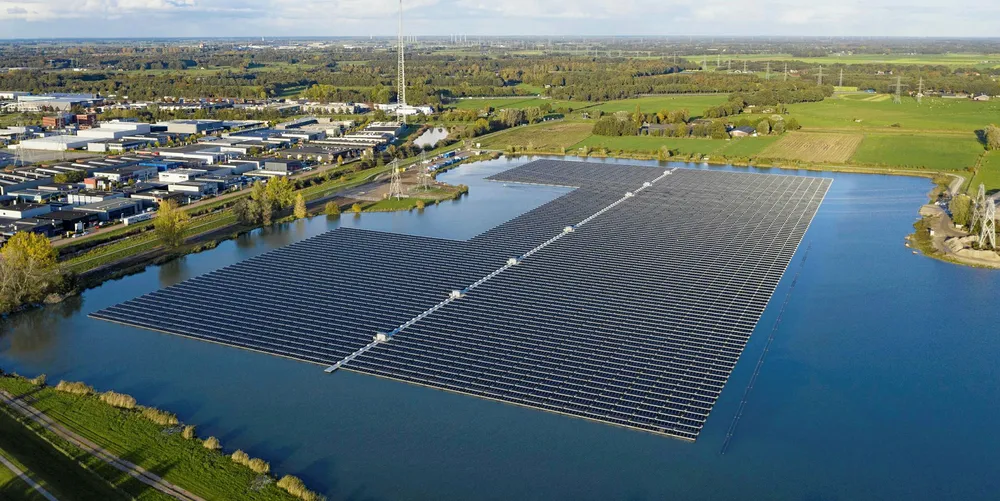German former lignite mines hold 2.7GW potential for floating PV
Almost 5% of the surface of artificial lakes at former mines mostly in Eastern Germany could be used for floating PV, Fraunhofer ISE says

Almost 5% of the surface of artificial lakes at former mines mostly in Eastern Germany could be used for floating PV, Fraunhofer ISE says
